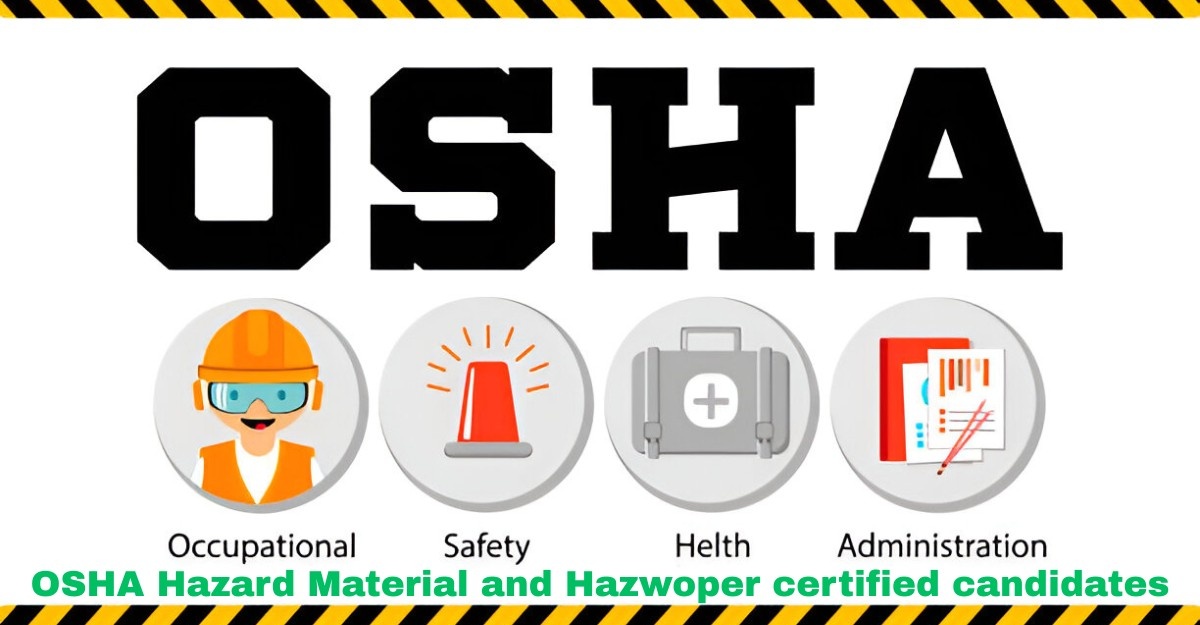Common Warning Lights and What They Actually Mean

Strong 8k brings an ultra-HD IPTV experience to your living room and your pocket.
Your car’s dashboard can be a lifesaver—literally. When warning lights flash or stay on, they are alerting you to issues that range from minor inconveniences to major safety hazards. Ignoring these signals can lead to costly repairs or dangerous breakdowns. Whether you're a seasoned driver or new behind the wheel, understanding what these common warning lights mean can help you act quickly and smartly.
Before you start thinking your car is beyond saving, it's worth noting that even if your vehicle is showing multiple warning signs and nearing the end of its life, you still have options. Companies like cash for scrap cars Melbourne offer value for cars that are no longer roadworthy, saving you the trouble of finding a private buyer or spending more on repairs.
Let’s explore the most frequent dashboard warning lights and what they’re really telling you.
Check Engine Light
What it means:
The check engine light is often misunderstood and sometimes even feared. It’s triggered by your car's engine control unit (ECU) when it detects a problem related to the engine, exhaust system, or other related components.
Common causes:
Loose or faulty gas cap
Oxygen sensor failure
Catalytic converter issues
Spark plug or ignition coil problems
What to do:
Don’t panic if this light comes on. If it’s blinking, pull over safely and have the car towed. If it’s steady, schedule a diagnostic scan as soon as possible.
Oil Pressure Warning Light
What it means:
This light indicates that your engine is not getting sufficient oil pressure, which is essential for lubrication and cooling.
Common causes:
Low oil level
Oil pump malfunction
Clogged oil filter
What to do:
Check your oil level immediately. If it's low, top it up. If the light stays on, do not drive the car—have it towed to a mechanic to avoid engine damage.
Battery Warning Light
What it means:
This light signals a problem with the charging system. Your battery may not be charging properly.
Common causes:
Faulty alternator
Damaged battery
Loose or corroded battery cables
What to do:
Have your battery and alternator tested as soon as possible. If your car loses all electrical power while driving, it could stall, so don’t ignore this warning.
Brake System Warning Light
What it means:
This could be as simple as the parking brake being engaged or as serious as a failing brake system.
Common causes:
Low brake fluid
Worn brake pads
ABS (Anti-lock Braking System) malfunction
What to do:
Check that your parking brake is fully released. If the light remains on, get your brake system inspected immediately. Brakes are your car’s most critical safety feature.
Coolant Temperature Warning Light
What it means:
Your engine is overheating. Continuing to drive may cause severe engine damage.
Common causes:
Low coolant level
Radiator issues
Faulty thermostat or water pump
What to do:
Pull over safely, turn off the engine, and let it cool. Do not open the radiator cap while the engine is hot. Check coolant levels once it's safe, and call for assistance if necessary.
Tire Pressure Monitoring System (TPMS) Light
What it means:
One or more of your tires are significantly under-inflated.
Common causes:
Temperature drops
Slow leaks
Punctures
What to do:
Use a tire pressure gauge to check all your tires and inflate them to the recommended levels. TPMS alerts can prevent blowouts and improve fuel efficiency.
ABS Warning Light
What it means:
There’s a fault in your Anti-lock Braking System, which prevents your wheels from locking during emergency braking.
Common causes:
Faulty ABS sensor
Damaged wiring
Failed ABS control module
What to do:
Your regular brakes will still work, but your emergency braking ability is compromised. Have the system checked as soon as possible.
Airbag Warning Light
What it means:
This indicates a fault in the airbag system. In an accident, the airbags may not deploy correctly—or at all.
Common causes:
Faulty sensors
Wiring issues
Failed control module
What to do:
Don’t delay—airbags are vital to your safety in a crash. Have a professional inspect and repair the system promptly.
Traction Control Warning Light
What it means:
This system helps prevent wheel spin in slippery conditions. If the light stays on, it may not be functioning properly.
Common causes:
Faulty sensors
Malfunctioning control module
What to do:
While the car is still driveable, traction control problems can affect your ability to maintain control in poor weather. Get it looked at during your next service.
Fuel Warning Light
What it means:
You’re running low on fuel.
Common causes:
Near-empty fuel tank
Faulty fuel gauge (in rare cases)
What to do:
Refuel at the nearest opportunity. Avoid driving on near-empty tanks too often as it can damage the fuel pump.
When Warning Lights Add Up
If your dashboard starts lighting up like a Christmas tree, it's often a sign that your vehicle is aging or experiencing compounding issues. Rather than sink more money into repairs, many vehicle owners in this situation consider services like cash for scrap cars Melbourne to turn their aging or non-functional vehicles into quick, hassle-free cash.
Final Thoughts
Your dashboard warning lights are your car’s way of asking for help. Learning to understand and react appropriately to these signals can keep you safe, extend your vehicle's life, and help you avoid expensive repairs. Don’t ignore these alerts—your safety and your wallet may depend on it.
If your car's been showing signs of terminal issues and constant warning lights, it might be time to explore options beyond the repair shop. Whether you choose to fix or scrap, knowing what your vehicle is trying to tell you is the first step toward making a smart decision.
Note: IndiBlogHub features both user-submitted and editorial content. We do not verify third-party contributions. Read our Disclaimer and Privacy Policyfor details.







